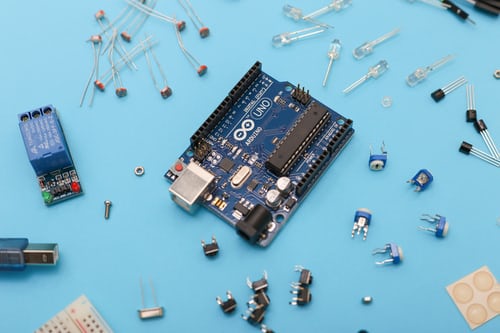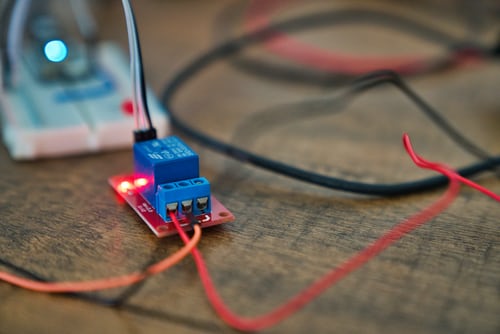Thermal relay is a traditional electrical appliance for protecting motors. It is used for overload protection of motors or other electrical equipment and electrical circuits. It has the same inverse time action characteristics as the allowable overload characteristics of motors. Furthermore, it is mainly used for three-phase AC motors. Overload protection and phase failure protection. Judging from the current situation, accidents that cause the motor to burn out due to the failure to choose and use the thermal relay still occur from time to time. So, how to pick a thermal relay reasonably? Let's take a look together:
From the structural point of view, thermal relays are divided into two-pole type and three-pole type, and the three-pole type is divided into two types with phase-failure protection and without phase-failure protection. And because thermal relays are mainly used for motor overload protection, it is necessary to understand the conditions of the motor when selecting, such as working environment, starting current, load nature, working system, allowable overload capacity, etc.
1. According to overload characteristics
In principle, the ampere-second characteristics of the thermal relay should be as close as possible or even overlap the overload characteristics of the motor, or under the overload characteristics of the motor, and at the same time, the thermal relay should not be affected (no action) at the moment of short-term overload and startup of the motor. .
2. According to the rated current
The rated current of the thermal relay should be slightly larger than the rated current of the motor. When the starting current of the motor is 6 times the rated current and the starting time does not exceed 5S, the setting current of the thermal relay is adjusted to be equal to the rated current of the motor; when the starting time of the motor is long, the impact load is dragged or the parking is not allowed, The setting current of the thermal relay is adjusted to 1.1-1.15 times of the rated current of the motor.
3. According to the type
Under normal circumstances, a two-phase structure thermal relay can be selected, but when the three-phase voltage balance is poor, the working environment is bad or the motor is unattended, the three-phase structure thermal relay should be used. For delta-connected motors, thermal relays with phase-failure protection devices should be used.
4. According to the work situation
When the thermal relay is used to protect a motor with repeated short-time operation, the thermal relay has only a certain range of adaptability. If there are many operations in a short period of time, a thermal relay with a fast saturation current transformer should be used. As for the special duty motor with frequent forward and reverse rotation and frequent on and off, thermal relay should not be used as overload protection device, but temperature relay or thermistor embedded in motor winding should be used for protection.
5. According to insulation class and structure
Due to the different insulation levels of motors, their allowable temperature rise and overload capacity are also different. Under the same conditions, the higher the insulation level, the stronger the overload capacity. Even if the insulating materials used are the same, but the motor structure is different, there should be differences when selecting thermal relays. For example, the heat dissipation of the enclosed motor is worse than that of the open motor, and its overload capacity is lower than that of the open motor. The setting current of the thermal relay should be selected as 60-80% of the rated current of the motor.
6. According to the role
If the thermal relay is used for motor phase loss protection, the connection method of the motor should be considered. For a Y-connected motor, when a certain phase is disconnected, the current of the remaining unbroken phase windings increases in proportion to the current flowing through the thermal relay. The general three-phase thermal relay, as long as the setting current is adjusted reasonably, can realize the open-phase protection for the Y-connected motor. For a delta connection motor, when the phase is disconnected, the increase ratio of the current flowing through the unbroken phase winding and the current flowing through the thermal relay is different. That is to say, the current flowing through the thermal relay cannot reflect the overload current of the winding after the industrial control phase is broken. Therefore, the general thermal relay, even if it is a three-phase type, cannot be the open phase of a three-phase asynchronous motor with a delta connection. Provide adequate protection for operation. At this time, JR20 or T series thermal relays with differential phase failure protection mechanisms should be used.
The above is an introduction to the selection of thermal relays. All in all, as an overload protection component of a motor, thermal relays have been widely used in production due to their small size, simple structure, and low cost.



No comments yet